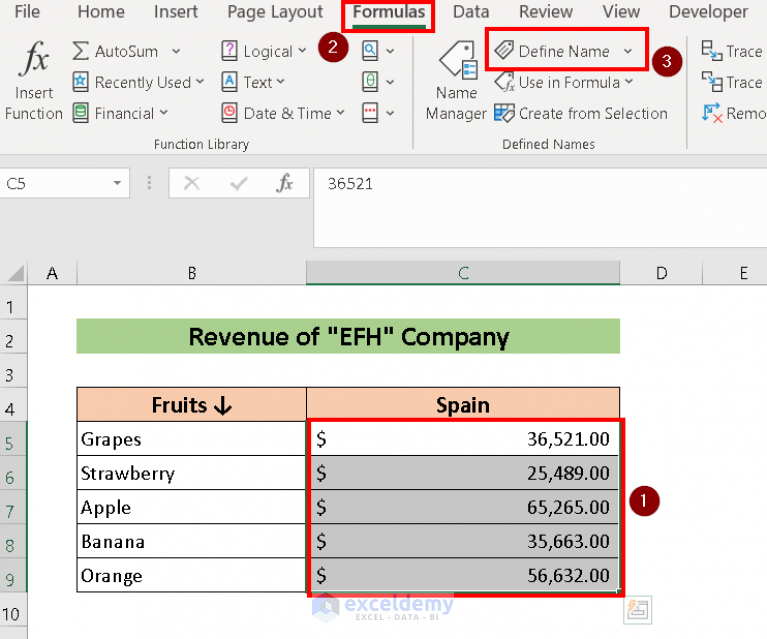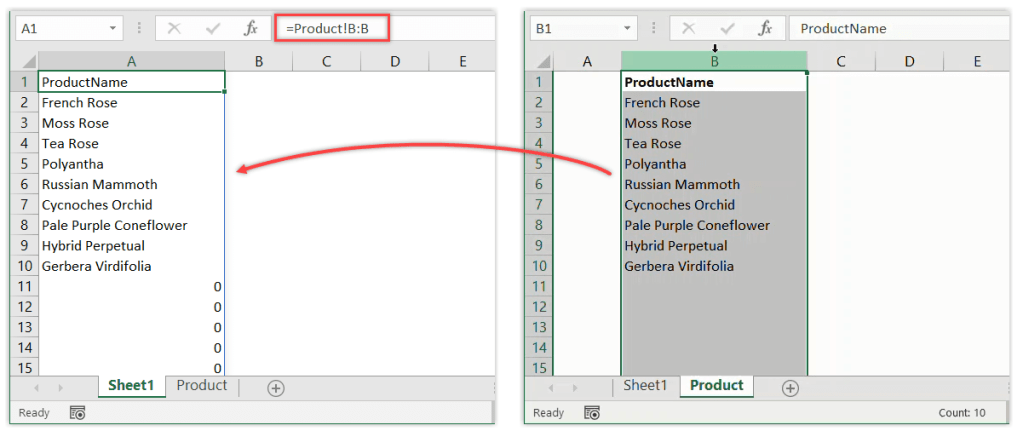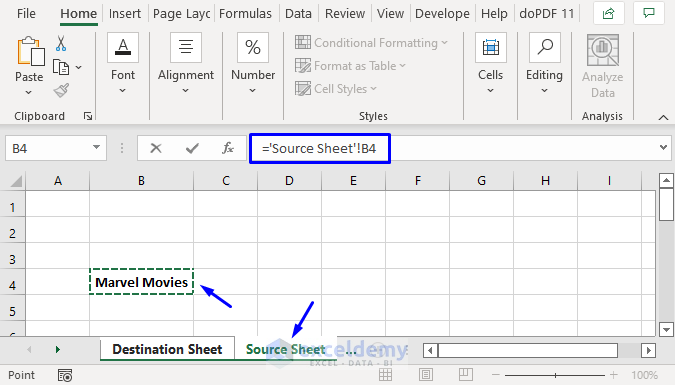3 Simple Ways to Link Sheets in Excel

Linking Sheets in Excel offers users numerous benefits, from streamlining data analysis to facilitating collaborative work. Whether you are managing a large dataset or simply tracking monthly expenses, mastering the art of interlinking sheets can significantly enhance your productivity and data integrity. In this blog post, we will explore three simple yet effective methods to link sheets in Microsoft Excel.
Why Link Sheets in Excel?

Before diving into the ‘how,’ it’s worth understanding the ‘why’ behind linking sheets in Excel. Here are a few key advantages:
- Efficiency: Eliminates repetitive data entry by linking cells or ranges from one sheet to another.
- Data Integrity: Ensures data consistency across different sheets, reducing the risk of errors from manual updates.
- Scalability: Makes it easy to expand your workbook, as changes in a source sheet automatically reflect in linked sheets.
- Collaboration: Simplifies teamwork by centralizing data while allowing separate views or analyses.
Method 1: Basic Cell References

This is the most straightforward way to link sheets, where you directly reference a cell or range of cells from another sheet.
- Select the cell where you want to create the link.
- Type the equals sign (=) followed by an apostrophe (‘) for non-standard sheet names or if your sheet name contains spaces, then the sheet name, an exclamation mark (!), and the cell reference. For example:
=SheetName!A1
=SheetName!A1:A10
Method 2: Using Named Ranges

Named ranges can make your formulas more readable and easier to manage, especially if you’re linking to the same range from multiple places.
- Go to the sheet where the data is located. Highlight the range you want to name.
- On the Formulas tab, click ‘Define Name’, name your range, and click OK.
- Now, in any cell where you want to link to this range, you can use:
=SheetName!NamedRange
Method 3: Dynamic Linking with OFFSET

Dynamic linking can be quite powerful for creating links that adapt to data changes or additions. Here’s how you can use the OFFSET function:
- Start by identifying the starting point of the range you want to link. For example, let’s say it’s cell A1 on ‘SheetName’.
- Type the following formula where you want the link to appear:
=OFFSET(SheetName!A1,ROW()-1,COLUMN()-1)
🗒 Note: OFFSET can be volatile, so use it judiciously as it may slow down Excel when used extensively or when dealing with large datasets.
Linking sheets in Excel not only streamlines your workflow but also ensures data accuracy and consistency across your workbook. Each method described above has its strengths, and choosing the right one depends on your specific needs, whether it's simplicity, ease of management, or dynamic adaptability.
Can I link sheets from different workbooks?

+
Yes, you can link sheets from different workbooks. Use the file path in your formula, e.g., =‘[Filepath.xlsx]SheetName’!A1.
What happens if I rename or move a linked sheet?

+
Excel will automatically update the references to reflect the new sheet name or location as long as the workbook remains open. If closed, you’ll need to update the links manually.
Do links work with Excel Online?

+
Yes, Excel Online supports linking sheets. However, for very large files, performance might be an issue.


